I made a nice flying MiG lookalike, which is armed with a GSH-30-1, 2 interceptors, and 2 Guardians. It flies very well, but tends to spin out if inputting roll al low speeds, so maneuvering below 800kph is not recomended. Have fun!
Specifications
General Characteristics
- Created On Android
- Wingspan 25.0ft (7.6m)
- Length 41.4ft (12.6m)
- Height 10.2ft (3.1m)
- Empty Weight N/A
- Loaded Weight 16,564lbs (7,513kg)
Performance
- Power/Weight Ratio 4.07
- Wing Loading 91.5lbs/ft2 (446.9kg/m2)
- Wing Area 181.0ft2 (16.8m2)
- Drag Points 3856
Parts
- Number of Parts 97
- Control Surfaces 8
- Performance Cost 587

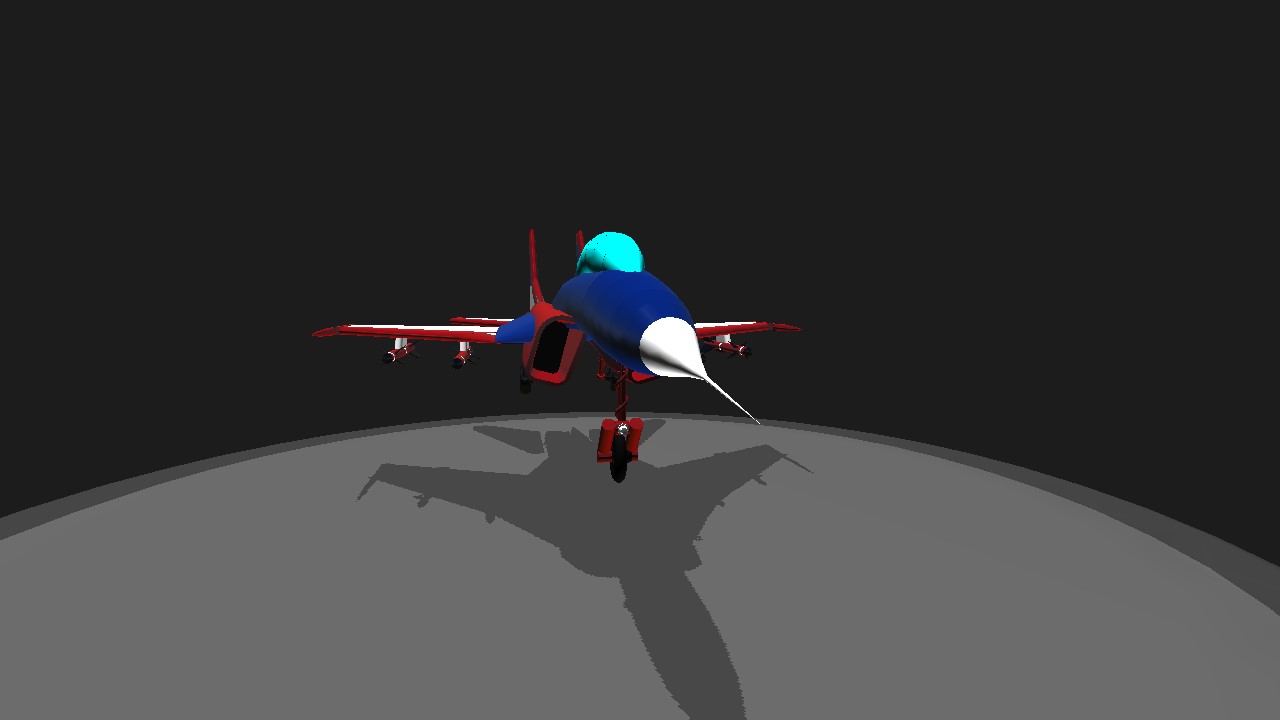
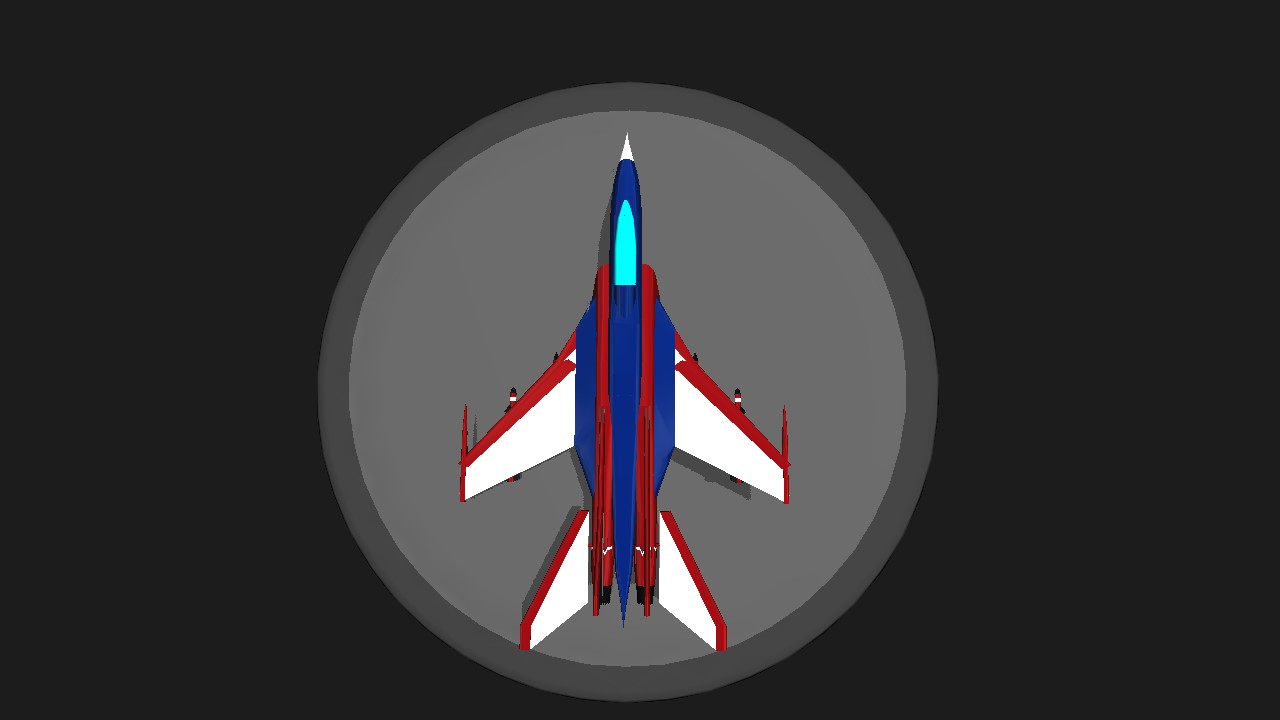
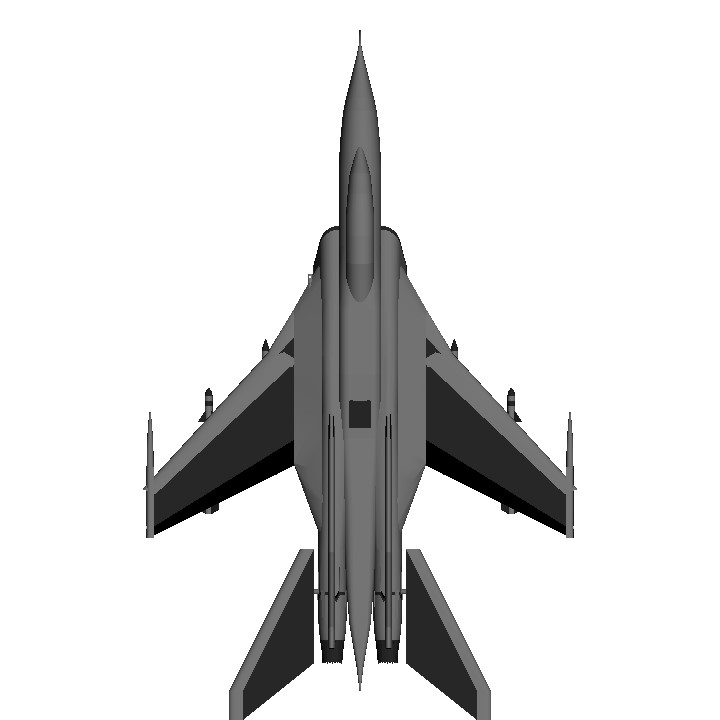
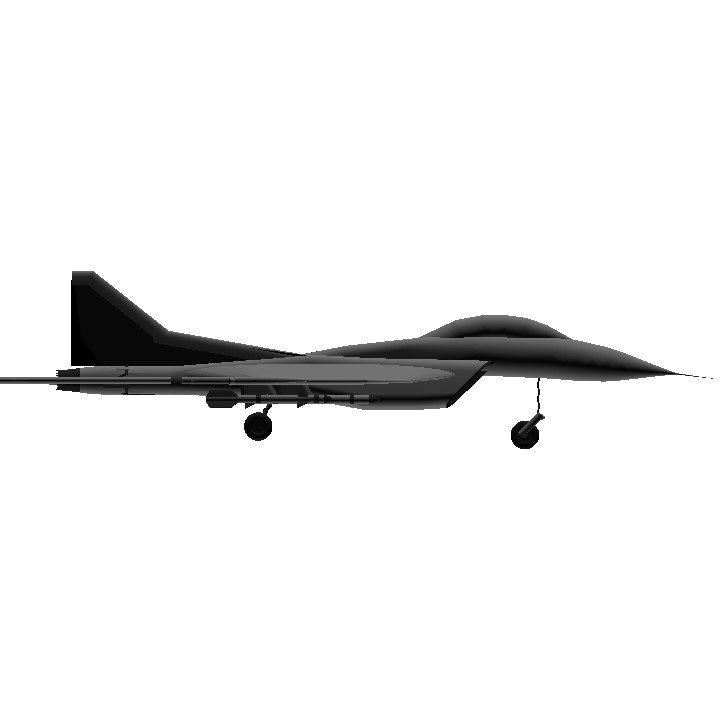
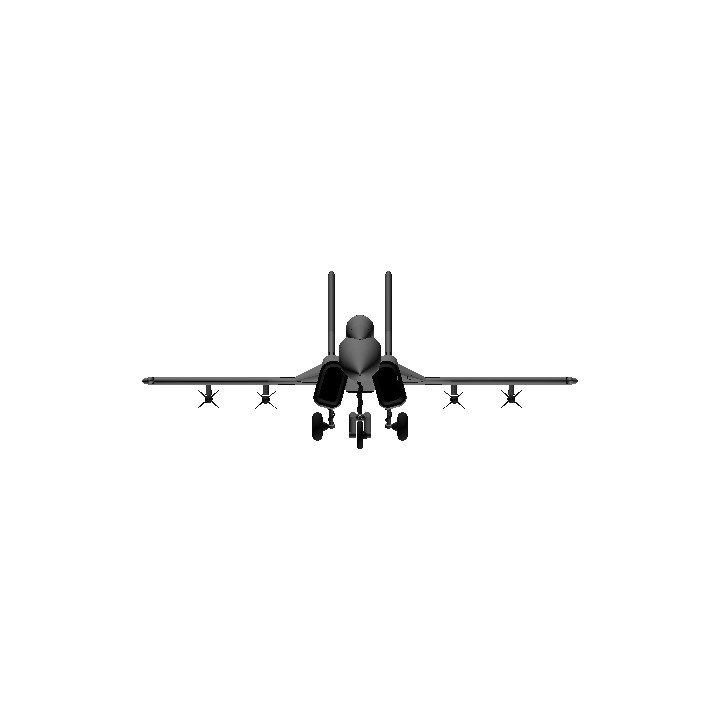
@Boatrider No problem.
@SledDriver Thank you so much. I will keep this in mind for future builds, and will experiment with this aircraft some more!
@Boatrider
The most common mistakes people make in SP are thinking that wing shape and aircraft shape matter in the same way as they do in real life. In short, they don't. To simulate fluid dynamics in SP would mean it would only run on a very powerful computer. So you have to think in terms of the simplifications in the SP flight model.
Quick tips:
- Wing shape does not matter at all. Swept wing, delta wing, straight wing, they're all treated as point sources of lift.
- Aircraft shape only matters to the extent that it provides a drag number and an overall size. Meaning that if you build a Su-27 lookalike in SP, it doesn't mean it will fly the same as a real Su-27. You can build something in SP that's literally one brick-shaped fuselage block with flat rectangular wings sticking out of it that will fly better than the most faithful replica of the best-flying fighter jet.
Also remember that in real life, aircraft use advanced technology like fuel-balancing computers, fly-by-wire computers, etc. What fly-by-wire does is add stability to designs that have too little wing area to be aerodynamically stable. Why is smaller wing area desirable? Because it creates less drag. But in SP, since we don't have fly-by-wire, we need to decrease the wing loading to make airplanes fly well. This creates more drag, but that can be countered by increasing thrust -- in SP, thrust is free.
The problems with this build at a glance:
- Control surfaces using rotators. Rotators are a terrible way to create control surfaces, because every time you activate them, they impart an improbable amount of angular momentum to your aircraft. Use proper wing control surfaces.
- Wing loading is too high. As explained above, we need to compensate for the lack of fly-by-wire systems by decreasing wing loading. The F-22 has a wing loading of 77 lbs per square foot, so aim for a value lower than that. Remember that in SP, wings can be scaled up or down without affecting their performance.
@SledDriver I've tested some of your aircraft, and I know that you are able to make some extremely well preforming aircraft. Would you please test this for me, and give me some feedback as to how to make it more stable, maneuverable, etc. Would be greatly appreciated!